Perhaps the reason for this was the emphasis on caring for the sick and the poor that dominated the new religious movements of the 12th and 13th centuries. By serving the sick, the poor, and the outcast, the beguines fulfilled their religious duty in addition to supporting themselves. Several beguinages were founded specifically as hospitals and shelters for the poor* or evolved out of such institutions as women attached themselves permanently to them. Others served as leper houses, caring for those perpetual outcasts of society. Many of them took St. Elizabeth of Hungary, a widow known for her care of the sick and lepers, as their patron.
It is probable that some beguines at least had medical training, especially but not only among those who worked with lepers, though little to no information survives on what learning they might have had. The repetition in some beguinages of rules stating that their members were forbidden from working as midwives makes it likely that some were trained to do just that.
This emphasis on care for the sick led to beguines also becoming associated with death and dying as well. They nursed the sick and the elderly and as a result confronted death regularly. As a result, their prayers were considered especially effective in helping the both the sick and the souls of the dead. A common custom in the Low Countries at this time was to leave money in one’s will for a certain number of beguines to sing prayers and psalms over one’s dead body in the hope that it would help one’s soul on the way to heaven. In their work and in their religious duties, beguines often found themselves at the boundaries between life and death, heaven and humanity.
*The two being somewhat the same thing at this time.
Simons, Walter. Cities of Ladies: Beguine Communities in the Medieval Low Countries, 1200-1565. Philadelphia: University of Pennsylvania Press, 2003.
Jewell, Helen M. Women in Late Medieval and Reformation Europe 1200-1550. New York: Palgrave Macmillan, 2007.
Flemish Beguinages - UNESCO
Beguines and Beghards - Wikipedia
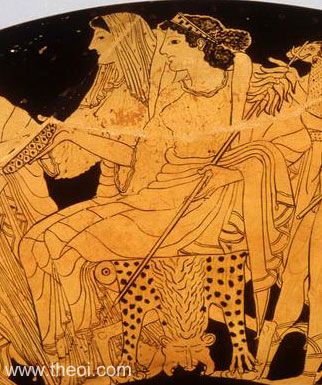
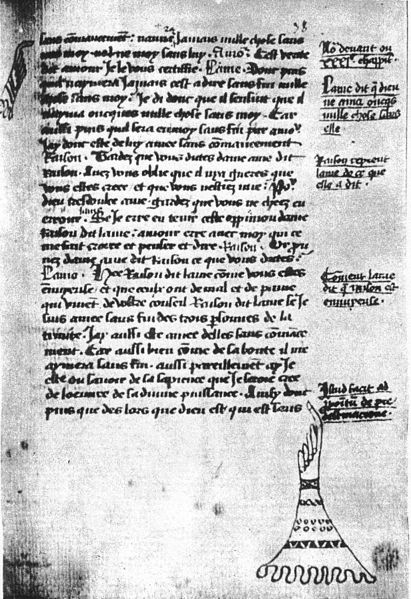
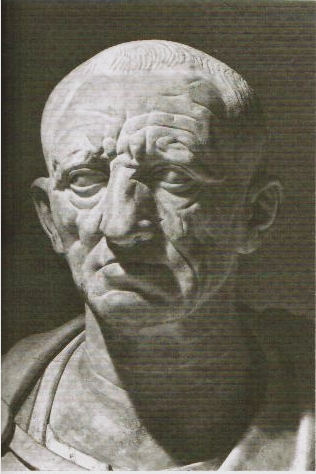
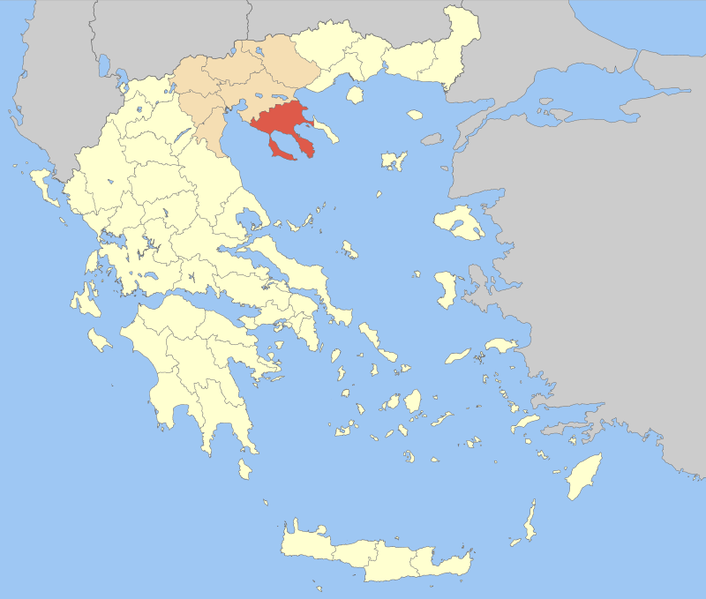
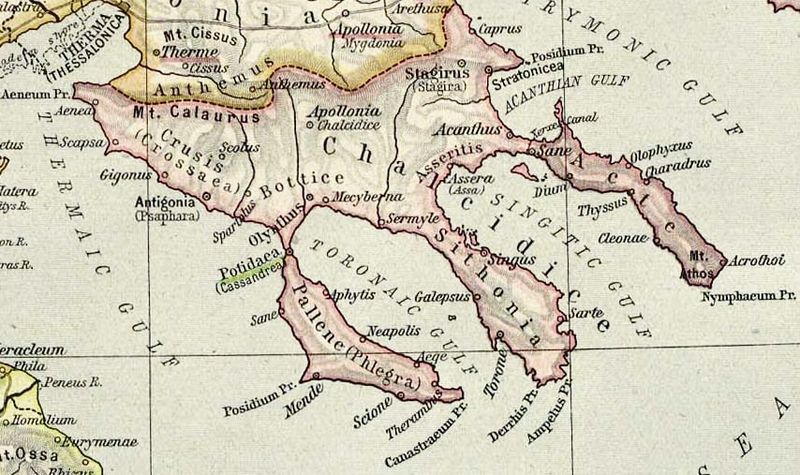



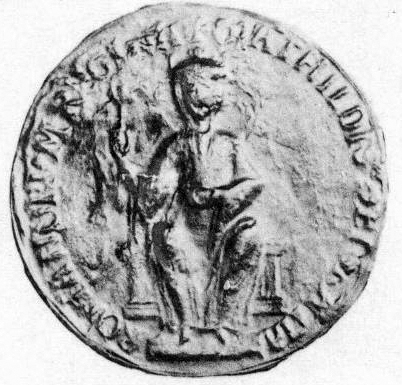
 RSS Feed
RSS Feed
